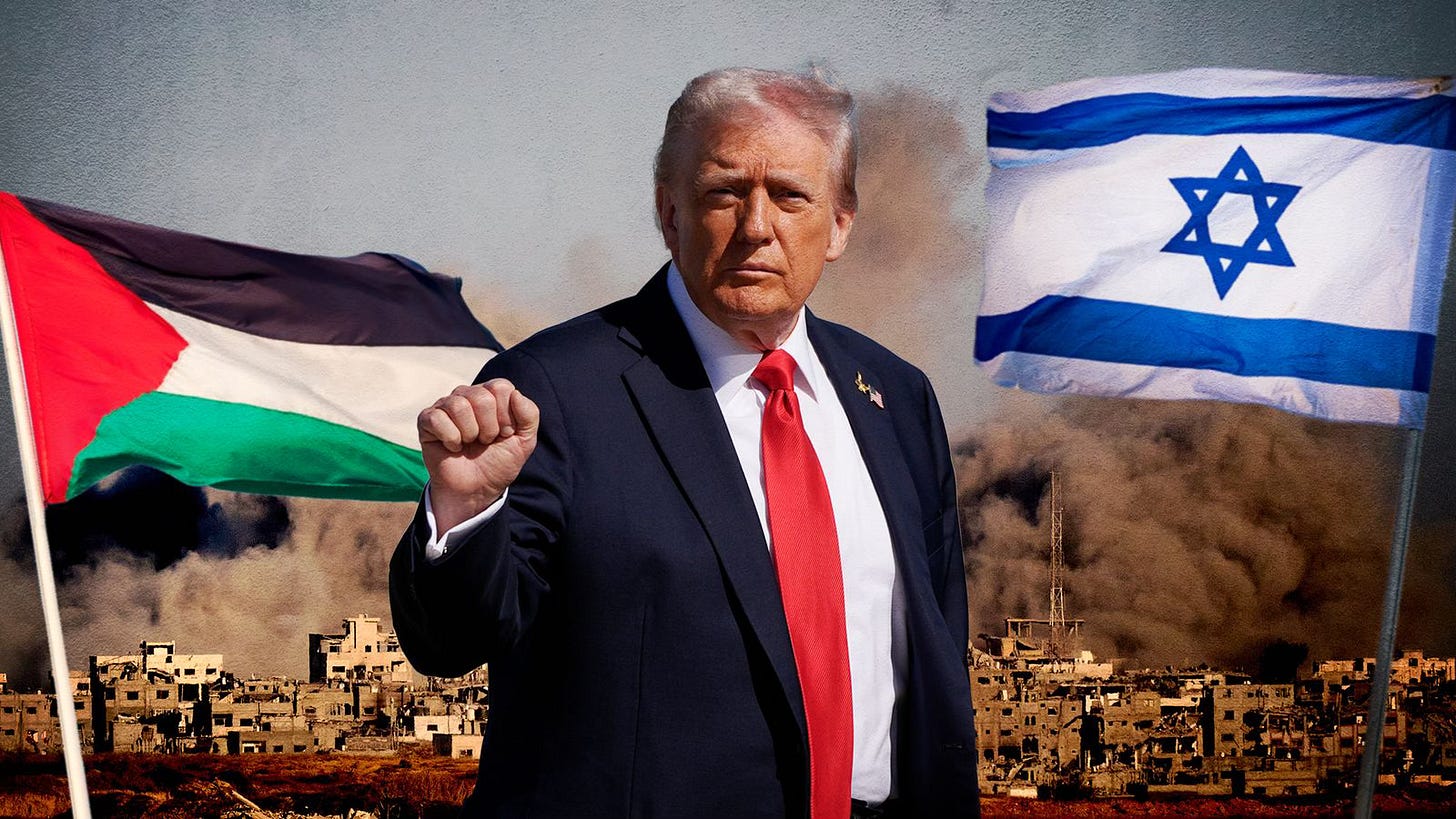Trump’s Gaza Plan Shows Signs of Unraveling
Israeli shootings, Hamas Foot Dagging, Gaza Gangs Threaten Peace Deal
It‘s been only four days since President Trump promised a gathering of Arab and Muslim leaders in Egypt that his new 20-point peace plan for the Middle East would lead to an “historic new dawn” of peace for the war-torn region. But already a bitter dispute between Israelis and Hamas over the missing remains of dead hostages is threatening that vision, with the growing possibility of renewed warfare.
Keep reading with a 7-day free trial
Subscribe to SpyTalk to keep reading this post and get 7 days of free access to the full post archives.



